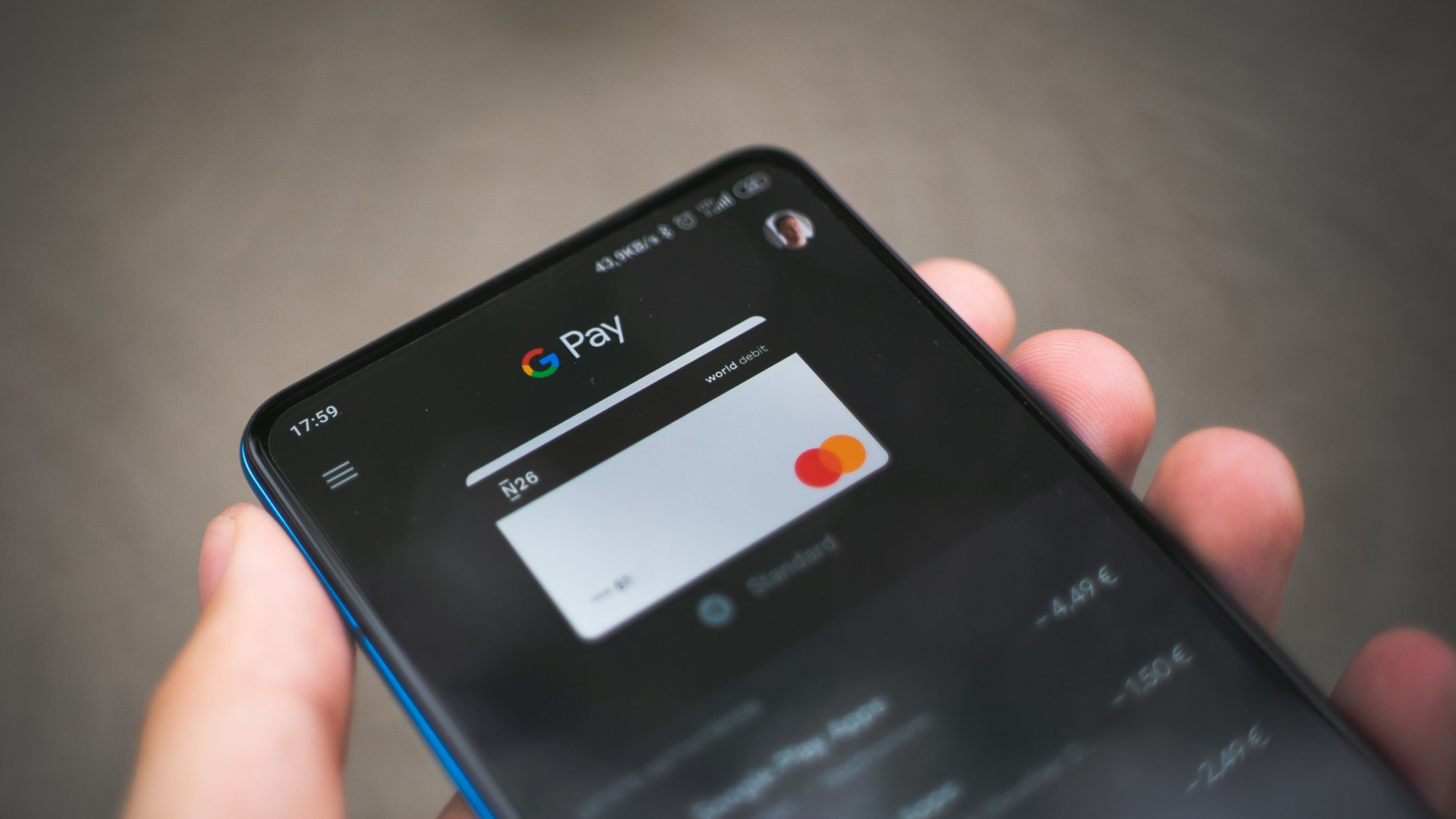As the payment industry continues to shift, the need for cash money has become less and less important. Combine that with new technology that is rapidly changing the game in payments, the world is headed in not only a cashless society, but a contactless one as well. If you want to accept these contactless payments and be a part of the new digital world, there are simple solutions out there meant to help you keep up with this terminal shift.
Contactless Payments, What Does it Mean?
A contactless payment is a wireless transaction made possible by a two-step authentication device. The customer is allowed to authorize purchase by moving in close proximity to the small business owner or merchant’s POS terminal or card reader. It is made possible due to the RFID technology (Radio-frequency identification) also known as chips found in debit and credit cards. Now in recent years, contactless transactions have expanded allowing e-wallets to surge thanks to Apple and Google. The chips used in contactless payments generate new verification values each time a credit or debit card is used in a transaction, which is very different from the old design of banking cards with the magnetic stripes used to be. Contactless payments tend to be more secure as the transaction itself doesn’t transmit billing or payment information with the merchant. It is also quicker, and enables a smoother checkout experience.
Technically, contactless payments have been around since the 1990’s, but very few merchants and customers were able to use it then. It didn’t see quite a surge until later on in 2015, and even more so recently in 2020 due to the spread of COVID-19. Vendors and consumers alike wanted to be as far away from each other as possible, while still completing transactions, making contactless payments the standard during checkout.
Why Should You Accept Contactless?
There are many advantages to accepting contactless payments both for you, the merchant and for the customer. Improving the overall checkout experience can greatly impact your retention rates and customer loyalty. So first and foremost, it creates a smoother transactional experience. No longer will your customers have to wait in extreme lines to complete their purchase. Instead, they can zip past all of the hassle of dealing with cash or even with a card's PIN code, and just tap their debit, credit or e-wallet to complete the transaction. Fast, simple, and convenient.
But a part from improving the user experience, it's also much more secure than other payment types. As stated before, the transactions sent through Tap to Pay doesn't require any billing or payment information. This keeps a customer's card more secure, and protects against potential fraud. Additionally, from a business perspective contactless payments improves operational efficiency, and you don't have to worry about any additional costs. A contactless payment requires no extra fees! And in fact, is the same transactional cost as completing a payment with a regular credit or debit card.
What Solution Should You Choose?
Now that we know all the technical chagrin, and how every thing works, how do you get started with your very own contactless payment solution? Well, there are few different alternatives out there to help jumpstart your business, and get you to start accepting transactions pronto. If you are running your business online you can look at multiple payment methods. Customers prefer alternatives such as Klarna, Paypal, card, Swish, or even account to account via Trustly.But for the majority of you in-person vendors or business owners out there you’ll want a steady system to help you accept all kinds of contactless payments. POS terminals or the average card readers are one route to take. There are many options of POS systems out there, and they all accept debit and credit card transactions with just a simple blip to the terminal. However, these POS systems can be sometimes tricky, often falling out of connection or misreading transactions. They are also riddled with high transaction and service fees. Other alternatives, like SumUp and Zettle are also valid options since the card terminals are smaller in size and not as clunky as the other POS systems. However, quite possibly, the simplest solution is our Tap to Pay app, which requires no additional hardware.
How to Get Started with Surfpay
Surfpay has the full functionality of a payment terminal with the ease of being available on any Android device. Surfpay works by utilzing the NFC chip found on the back of smartphones to enable contactless card transactions. The app allows all major card types such as MasterCard, VISA and American Express, it also accommodates to Apple Pay, Samsung Pay and Google Pay as well as the Swedish local scheme Swish. Having the mobility to use your phone as a contactless payment solution means that you always have it with you for convenience. Surfpay also offers low transactional fees, so that you can cultivate more from your business.
To get started you just have to complete a very simple KYC (Know Your Customer) application, which can be completed on our website. Then you wait for approval which will approximately take a few days, and then presto! You're accepting payments from the convenience of your phone. It's really that simple.
Going contactless makes life easier, not only for the merchant but also the customer. It allows the two parties to build a stronger relationship and trust, as well as makes the checkout experience more enjoyable, and smoother. The future of payments predicts a contactless world, don’t you want to be a part of it?
To get started with Surfpay and join the contactless generation click here.
